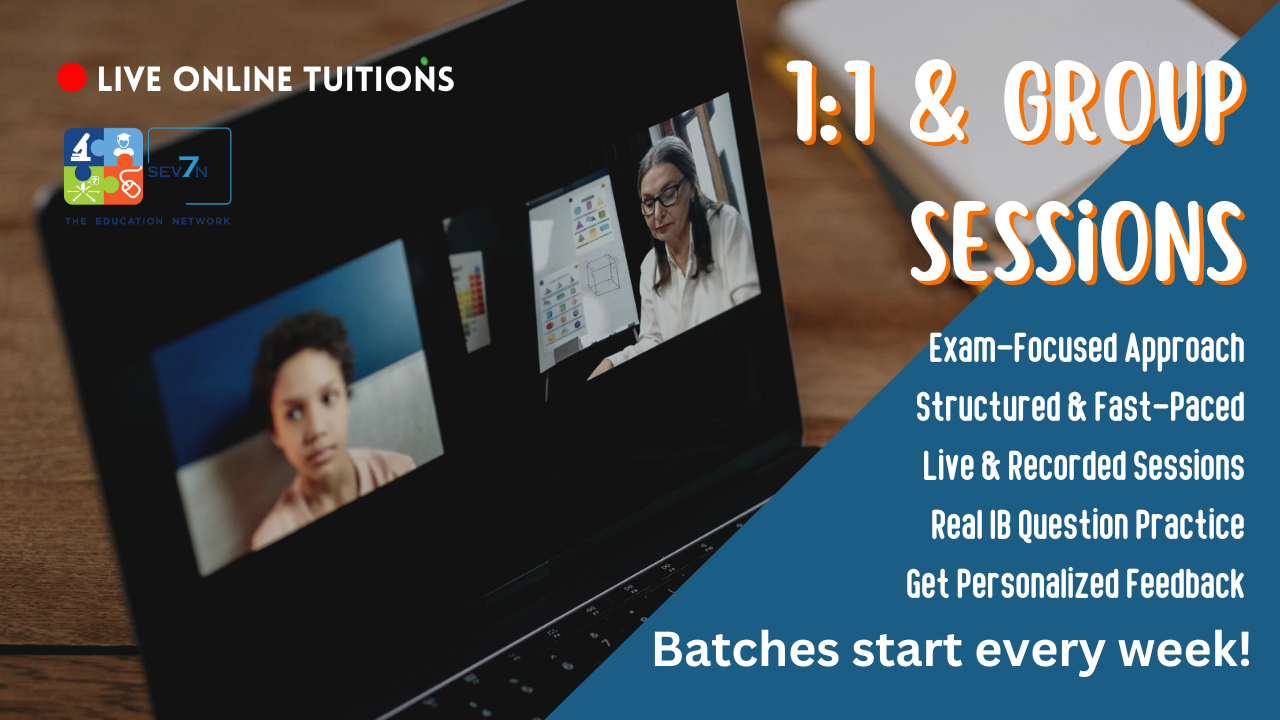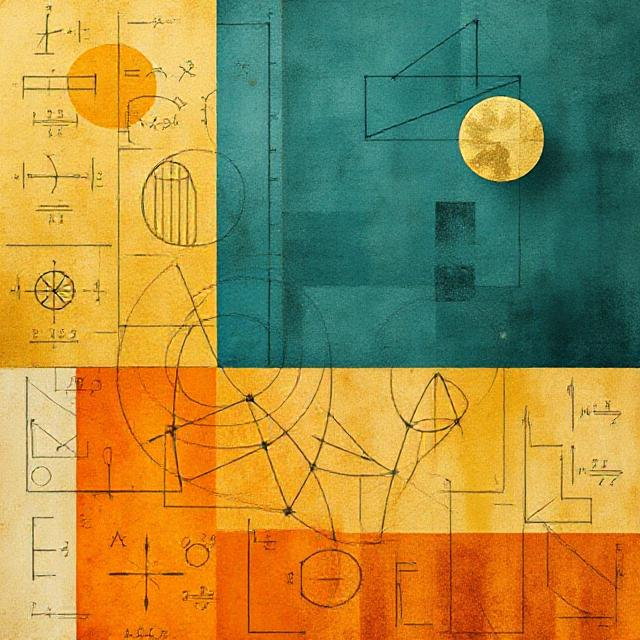Mathematics
The area of knowledge (AOK) of Mathematics offers a comprehensive insight into the multifaceted nature of mathematics as an Area of Knowledge (AOK) in the Theory of Knowledge. It invites students and educators to reflect on mathematics beyond numbers and equations, encouraging a deeper appreciation of its role in our understanding of the world.
Below is the table of contents, which is an overview of the intensive content through which the Area of Knowledge Mathematics is explored with the help of Real life situations (RLS), forming a strong cue to some of the exciting examples your students can choose for their TOK essays. In addition, there are exciting classroom activitis which would engagee the students to realise the true nature of Mathematics, its scope, perspectives of lookin at Mathematics, its methods and tools to explore Mathematics, and the ethical considerations in exploring Mathematics.

Table of contents (approximately 10 teaching hours)
1. Mathematics within the knowledge framework
2. Connection of Mathematics with the Core Theme
3. The Dual Nature of Mathematics: Certainty vs. Creativity
– Is mathematics purely logical, or does it require imagination?
Discover the Beauty and Power of Mathematics in TOK!
Unlock the secrets of Mathematics as an Area of Knowledge with premium content that explores its dual nature—certainty vs. creativity, universality vs. human construct, and its real-world impact. From the elegance of proofs to the ethics of mathematical models, our resources will inspire your TOK teaching and ignite curiosity in your students.
Join Now

This website is a big repository of Theory of Knowledge (TOK) for the IB community. The content is comprehensive and created with detailed exploration, introspection, and critical research to make it as robust and engaging for the IB teachers, schools, and students. The content is penned down on all the TOK facets, with detailed understanding and tips on how to ace in TOK essay and TOK exhibition. Students get exposed to hundreds of real-life examples and objects, which incite their thinking bulbs. In addition, teachers get mind-boggling ideas on TOK lesson plans, TOK unit planners, TOK presentations, and 100’s of TOK classroom activities to teach TOK most creatively, being the best version of themselves!
This content is for Monthly and Annual members only.
Login Join NowStep into a world of interactive learning where TOK, ATTL, and the IB Learner Profile come alive! Subscribe now for full access to our groundbreaking resources and join a community of educators dedicated to creating a dynamic and engaging learning environment.






